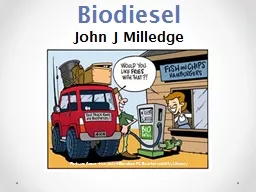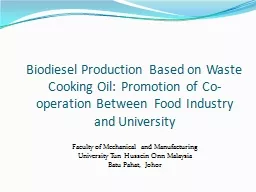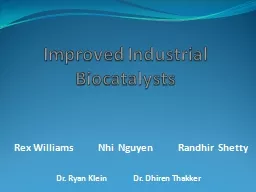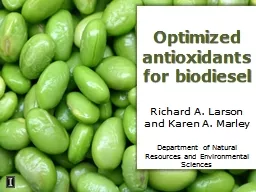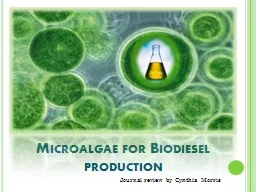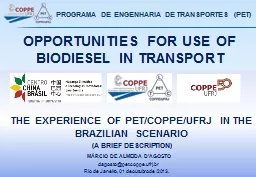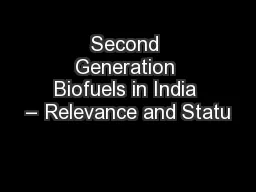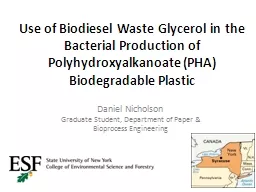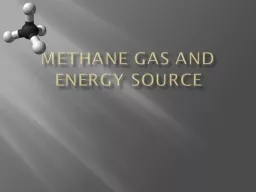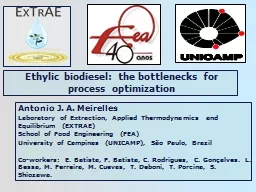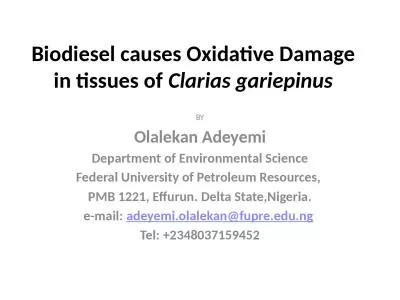PPT-Biodiesel John J Milledge
Author : cheryl-pisano | Published Date : 2018-12-09
Picture from the Joint Services P2 Sustainability Library Diesel Engine Rudolf Diesel patented the diesel compression ignition engine in the 1890s Rudolf Diesel
Presentation Embed Code
Download Presentation
Download Presentation The PPT/PDF document "Biodiesel John J Milledge" is the property of its rightful owner. Permission is granted to download and print the materials on this website for personal, non-commercial use only, and to display it on your personal computer provided you do not modify the materials and that you retain all copyright notices contained in the materials. By downloading content from our website, you accept the terms of this agreement.
Biodiesel John J Milledge: Transcript
Download Rules Of Document
"Biodiesel John J Milledge"The content belongs to its owner. You may download and print it for personal use, without modification, and keep all copyright notices. By downloading, you agree to these terms.
Related Documents

